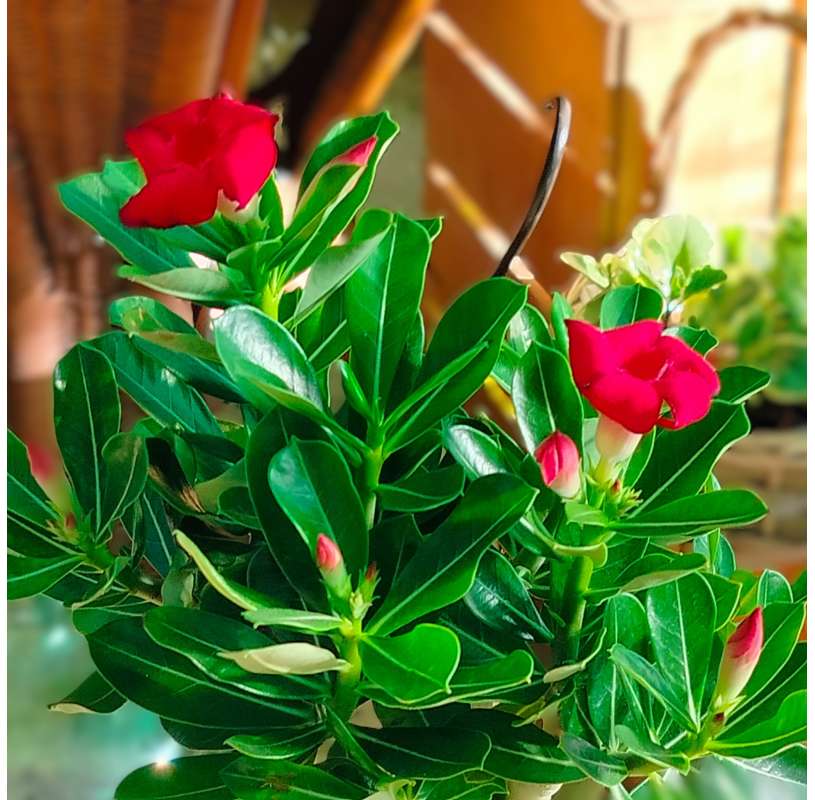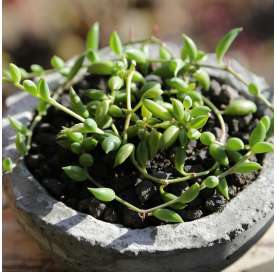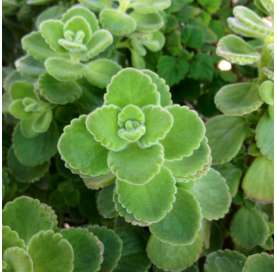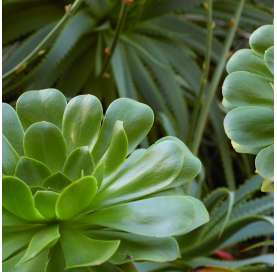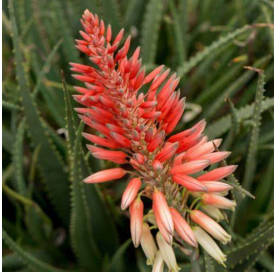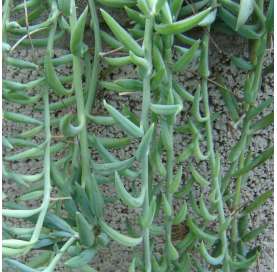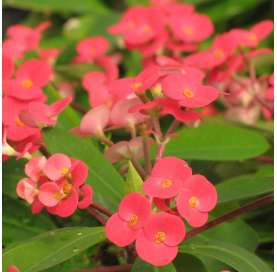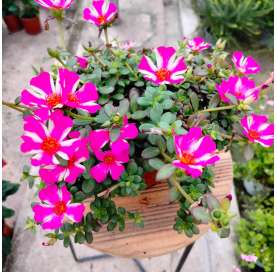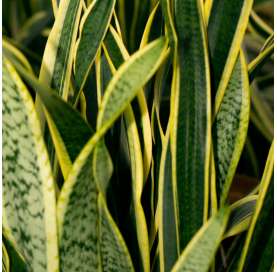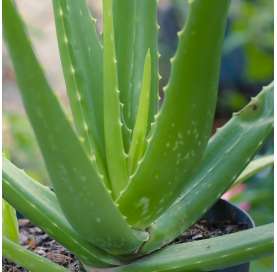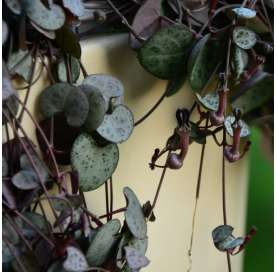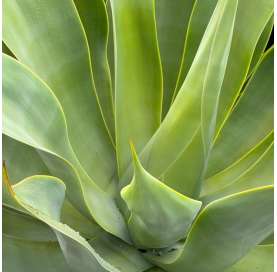Adenium obesum
Adenium obesum, known as the Desert Rose, is a perennial shrub from the Apocynaceae family, famous for its colorful flowers and thick trunk. It is native to the arid regions of Africa and Arabia, adapted to store water and survive droughts. It requires direct sunlight, warm temperatures, and moderate watering, and is susceptible to pests like aphids and whiteflies.
Click for looking at marvellous Rose of the desert.

Encrypted payments for greater security

We ship to Spain and Portugal in 48/72 hours.

Shipping only to mainland Spain and mainland Portugal
Description
Adenium obesum, commonly known as the Desert Rose, is an evergreen shrub that belongs to the Apocynaceae family. This shrub is notable for its bell-shaped flowers available in a variety of vibrant colors such as white, yellow, orange, red, and bicolors. Another distinctive feature is its thick, globular trunk and curving, twisting roots.
Origin and History
The Desert Rose is native to the arid regions of Africa and the Arabian Peninsula. This plant has evolved to survive in extremely dry and hot conditions by storing water in its swollen trunk, which allows it to endure long periods of drought.
Care
- Light: The Desert Rose requires abundant direct sunlight. It is ideal for growing outdoors in warm climates or in a very sunny spot inside the house.
- Temperature: It prefers warm temperatures; cold can be detrimental, especially if the temperature drops below 10°C (50°F).
Watering
Watering should be moderate. In the summer, when temperatures are higher, it can be watered more frequently, ensuring the soil has dried out between waterings. In winter, reduce watering to allow the plant to enter a dormant period.
Pruning
Pruning is not essential but can help maintain an attractive shape and manage its size. It is recommended to prune at the beginning of spring to encourage growth and flowering.
Pests
It is susceptible to attacks from aphids and whiteflies. These can be combated with suitable multi-purpose insecticides for succulents. Regular inspection of the plant and quick action at the first sign of infestation are crucial.
These care tips and knowledge will help keep your Desert Rose healthy and flourishing, making it a spectacular addition to both gardens and interiors.
Data sheet
- Name
- Adenium obesum, commonly known as the Desert Rose.
- Origen
- Native to the arid regions of Africa and the Arabian Peninsula.
- Height
- Typically reaches a height of 1 to 3 meters.
- Colour
- Features a thick, globular gray trunk, with flowers that vary in shades of white, yellow, orange, red, and bicolor.
- Flowering
- Blooms profusely during the summer months, though in very warm climates, it may have sporadic blooms throughout the year.
- Location
- Requires a full sun location and good ventilation, ideal for outdoor settings in warm climates or very bright indoor environments.
- Irrigation
- Moderate, ensuring that the soil is well-drained and allowing it to dry out between waterings. Watering should be significantly reduced in winter.
- Applications
- Widely used in ornamental gardening for its aesthetic appeal and ease of maintenance. Also popular as an indoor plant or in containers, especially in bonsai styles.
- Others
- He does not support low temperatures to 10ºC
- Note
- Despite its beauty, it's important to remember that Adenium obesum is highly toxic, particularly its sap, which requires careful handling, especially around children and pets.
12 other products in the same category:
-
Senecio Herraianus€6.90
-
-
Aeonium arboreum.€12.50
-
Aloe safari€35.90
-
Senecio radican.€6.90
-
Portulaca oleracea -...€2.90
-
Sansevieria.€5.90
-
-
Senecio Herraianus€6.90
-
Agave attenuata€13.00

 English
English Spanish
Spanish